Japanese Language Teacher
Japanese Tutor MIYUKI

Part Time Japanese Teacher MIYUKI
Native Language Japanese
Language Ability fluent in Mandarin and Cantonese, Communicate in English
Born CHIBA – Japan
Teaching Experiences 2 Years
Teaching Area Causeway Bay, Central, Shatin, TST, Meifoo, Mongkok, Hung Hom, Kowloon Tong, Ho Man Tin etc
Japanese Courses Provided by MIYUKI
Japanese Language Teacher
Hello. My name is MIYUKI. I am from Chiba and has lived in Hong Kong for 18 years. I have passed the Japanese Language Teaching Competency Test and have completed a 420-hour Japanese Teacher Training Course. It is available to have lesson in Cantonese, Mandarin, and also simple English.
I love the language itself, so I became a Japanese teacher. I currently work at a Japanese company, am a mother of 10-year-old twins at home, and speaks Japanese with my children. So I can handle the wide range from business Japanese to general Japanese conversation, and kid’s Japanese.
I would like to proceed with lessons according to the needs of each student, such as those who want to study along the textbook, those who want to learn through conversation, and those who want to learn through play (children).
Free Talk: Decide on a topic and speak freely. (I’m okay with the worries you are having right now!) By speaking your thoughts, it becomes an output and your memory is established. I will correct the mistakes, so please talk a lot.
By speaking a lot, you will gain confidence and improve your skills. Lessons based on the textbook: After reviewing the sentences and new words in the textbook, I will explain the main grammar and then do the exercises based on the newly learned grammar.
Since the exercise is done without looking at the textbook, there are many opportunities for output. I’m looking forward to seeing you all.
こんにちは。MIYUKIと申します。千葉出身で、香港に18年住んでいます。日本語教育能力試験合格、420時間日本語教師養成講座修了しています。レッスンは広東語と北京語と、簡単な英語でできます。言葉そのものが大好きで、日本語教師になりました。
現在日系の会社で勤務しており、家庭では10歳の双子のママで、子供達と日本語で話していますので、ビジネス日本語から日常会話、お子様の日本語教育まで広東語と北京語で幅広く対応可能です。
テキストに沿って勉強したい方、会話しながら覚えたい方など、遊びながら覚えたい方(お子様)、生徒一人一人の要望に沿って授業を進めていきたいと思います。
フリートーク: お題を決めて自由に話します。(今抱えている悩みなどでも大丈夫です!)自分の考えを話すことでアウトプットになり、記憶力が定着します。言い間違えたところは矯正していくので、たくさんお話ししてくださいね。たくさん話す事で自信につながり、どんどん上達していきます。
教科書に沿ったレッスン:教科書に出ている本文と単語を確認後、主要な文法説明をした後、新しく覚えた文法を使ってワークをしていきます。ワークは教科書を見ずに行うので、アウトプットのチャンスがたくさんありますよ。みなさんとお会いできるの楽しみにしてます。
Japanese Teaching Qualification
・Completed all the requirements ofJapanese Language Teacher TrainingCourse (420 hours above.)
・Passed the Japanese Language TeachingCompetency Test
Ask MIYUKI Teacher Japanese Learning Questions
MIYUKI先生へ「だけ」と「しか」の違いについて教えていただけないでしょうか?
MIYUKI先生’s Answer:
両方とも限定を表現しますが、
「だけ」は副助詞、「しか」は係助詞です。副助詞は種々の語について、補助的な意味を添え、主として連用修飾語を作ります。(程度を表す)係助詞は種々の語に付いてある種の意味を添え、後に来る述語文節に決まった勢力を及ぼします。(日本人の感情が一番出てくる助詞)
例文で見ると、
例)彼は日本語だけ話せる。
彼は日本語しか話せない。
このように限定を表しますが、「しか」は否定文にしか使えません。
「だけ」は肯定文にも使えますが、その後に「だけ」が来ると、
例) あなただけしか私の友達ではない。のように否定形になり、「友達はあなたしかいない」という意味がより強調されます。
また「しか」は否定形のみなので、不足している、残念というニュアンスもあります。
また、「だけ」は「だけ」の後に格助詞を付けることが可能です。「しか」は「しか」の前に格助詞を付けることが可能です。
例)あなただけに言う。
あなたしかに言う。×
あなたにしか言わない。〇
MIYUKI先生へ「水を飲みたい」と「水が飲みたい」の違いについて教えていただけないでしょうか?
「「水を飲みたい」と「水が飲みたい」どちらでも使えますが、
「が」を使うと、「コーヒーでもお茶でもなく水が飲みたい」のニュアンスが強くなります。「を」を使うと、限定度が「が」より低くなり、「水を飲みたいと思う」のような婉曲的なニュアンスになります。
MIYUKI先生へ「~が~てある」と「~を~てある」の違いについて教えていただけないでしょうか?
MIYUKI先生’s Answer:
「~がてある」は、行為の結果の現存、つまり誰かによって行われた行為の結果が存在するという意味を表します。一方「~を他動詞てある」は前もっての準備、結果の蓄積を表します。これは、対象物の状態性まで影響せず、完了した
動作の結果が行為主体に蓄積されていることを表すのみです。それが結果として、「前もって必要な手は打ってある」という気持ちにも繋がります。例えば、「秘密が話してある」といういい方はできません。「秘密を話してある」になります。「話してある」は行為の完了性しか表さないので、「を」が使われるのです。
この種の動詞として「教える」「受ける」「伝える」「褒める」「貸す」「頼む」などがある。サ変動詞では、結果が目に見える状態として残るもの、例えば「用意する、掃除する」などは「が」も使われるが、「承認する」や「解説する」などのサ変動詞は「を」が使われます。
Ask MIYUKI Teacher Japanese Culture Questions
<相撲>
相撲は日本の国技で常に人気があります。歴史は古く、5世紀に始まり、ショースポーツとして発展しました。年配の方に好まれていますが、最近では若い人にも人気があります。力士は、直径 4.55 メートルの土俵で、素手で相手を押し倒すか、土俵から押し落とそうとします。また、力士は腰に巻く長いベルトであるまわしだけを着用します。力士の体重が重いほど有利ですので、体重を増やすための努力をし、中には250kgに達する力士もいます。
最近は日本人だけでなく、外国人力士もたくさん増えました。みなさんもテレビやインターネットでたくさんの外国人力士を見たことがあるかもしれません。香港出身の力士が出るかもしれないですね
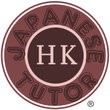

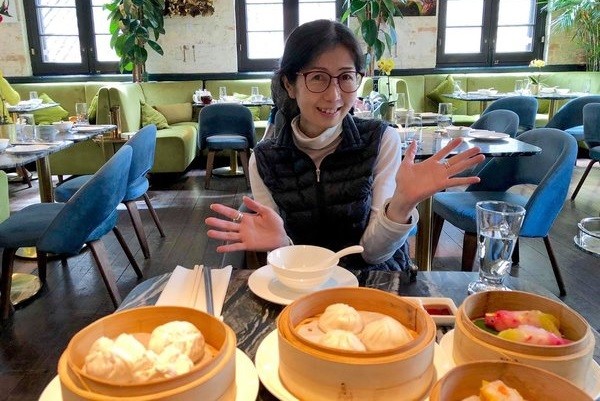



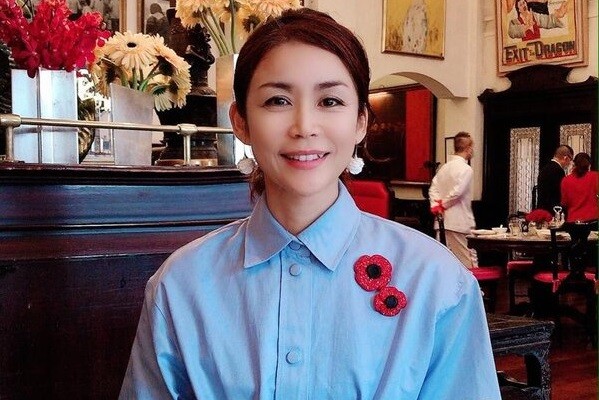
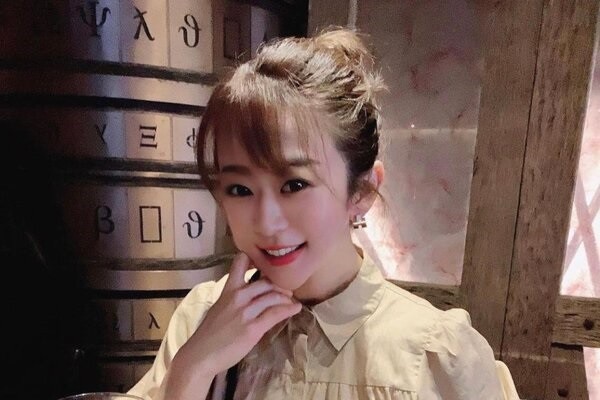
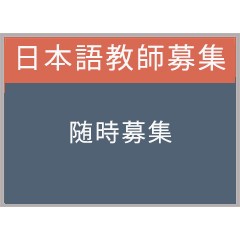
Stay in Touch
RSS
Facebook
Twitter
Google +1